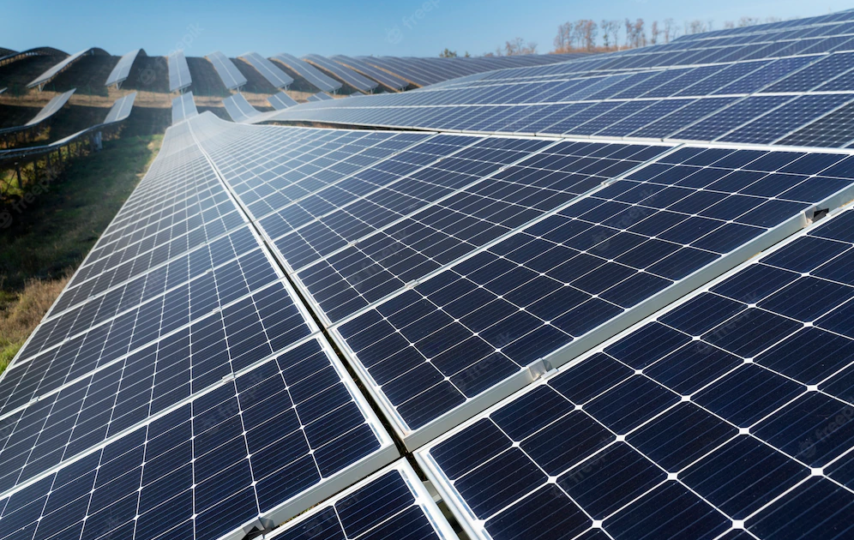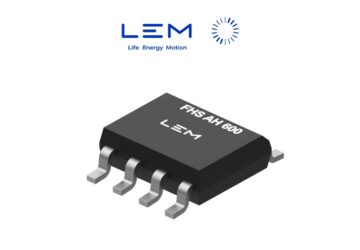Looking to power your home with renewable energy? Nowadays renewables are growing in popularity each year, and one of the major reasons for this is the amount of environmental impact they have. With renewables such as solar and wind, you can generate your own electricity without having to rely on power sources that require polluting processes. One of the most important aspects of renewable energy is battery technology. Not only do batteries are durable and reliable, but they also able to handle a high level of energy output. This is why different types of batteries are needed and available these days for solar and renewables, so it’s important to know what will work best for your needs
Some of the most common types of batteries used for solar and renewables include lead acid, nickel-cadmium, lithium ion, and sodium ion. But a home backup battery bank is a great option for homeowners who want to use renewable energy sources like solar and wind to power their homes. Solar panels and wind turbines generate energy intermittently, so batteries can be used to store this energy for later use. Battery banks are also useful for storing surplus energy from your own home so you have enough power during off-peak hours.
Lead acid batteries are the most common type used in residential applications. They are reliable and have a long life, making them ideal for backup power systems or systems that use a lot of energy quickly. Nickel-cadmium batteries are also popular in residential applications because they have a longer life than lead acid batteries but don’t produce as much heat. Lithium ion batteries are more expensive than other types of batteries, but they have a high capacity and can be used to store large amounts of energy. Sodium ion battery packs are becoming increasingly popular because they have a high discharge rate and can be used to power small devices like smart phones or lights.
How does a Battery Bank Work?
A battery bank stores energy by turning small generators, such as solar panels or wind turbines, into large generators. These generators turn the stored energy into electricity, which can be used to power homes or businesses. When there is an increase in demand for electricity, such as during peak hours, the battery bank will start drawing on the generators to produce more power. This allows households and businesses to maintain normal operations while relying on renewable sources of energy to provide backup power.
Lead-Acid Batteries
The lead-acid battery was invented by Gaston Planté in 1857 and is the earliest rechargeable battery technology. Lead is the primary ingredient in these products. Lithium batteries are frequently used for comparisons, and there are three main types of lithium batteries that are well-suited to storing solar energy:
The GEL Solar Battery
Unlike other batteries, the GEL kind is wholly sealed and requires no maintenance. The gel electrolyte is its most notable feature. As a result, this solar battery is risk-free. Under typical operating conditions, there would be no gas eruption or electrolyte leakage.
The electrolyte acts as a conduit for transferring H+ ions between the positive and negative electrodes. Electrons travel from the battery to power a load through this movement of ions.
AGM Solar Battery
Another lead-acid battery type, the AGM solar battery, was developed in the 1980s. The acid electrolyte is adsorbed onto a glass mat in this battery. As a result, the battery is leak-proof and safe.
AGM solar batteries include the same components as gel solar batteries, except that the electrolyte is deposited on a fiberglass mat. The operating concept is identical to that of the GEL battery. Current is generated when H+ ions travel from one electrode to another.
Tubular Lead-Acid Batteries –OPzV
OPzV batteries are a recent addition to the lead-acid solar battery. They’re designed to be used in a stable environment with tube electrodes. Compared to AGM and GEL batteries, this architecture allows for more interaction with the acidic electrolyte. The electrolyte of OPzV batteries is a gel-type electrolyte that is sealed.
Lithium-ion Batteries
In terms of energy storage, lithium-ion batteries are newcomers. Lithium-ion batteries were first used as energy storage in electric vehicles as they became increasingly popular. They became one of the most popular solar battery banks very rapidly.
In addition to having a longer lifespan, lithium-ion batteries offer a 10-year warranty that cannot be voided under any circumstances. One of the reasons for lithium-ion batteries’ longer lifespan is their deeper depth of discharge, which allows them to utilize more of their stored energy before needing to be recharged.
Nickel Cadmium Batteries
Nickel-cadmium batteries aren’t as standard as lead-acid or lithium-ion batteries, but they’re becoming more popular. It wasn’t until the 1980s that Ni-Cd batteries had a significant upgrade that they were able to store more energy. They are a popular choice in the aviation business.
Because of their longevity, Ni-Cd batteries are an excellent choice. They are also able to work in pretty high temperatures. These batteries require no complicated battery management systems and require little to no maintenance.
Flow Batteries
Flow batteries are a new type of energy storage technology that is gaining popularity. A water-based electrolyte liquid is contained within the battery and circulates between two compartments or tanks. Chemical processes occur when a device is charged to store and release energy. The popularity of these batteries is on the rise.
Also Visit: Ppp Detective Legit? How reliable is PPP?








